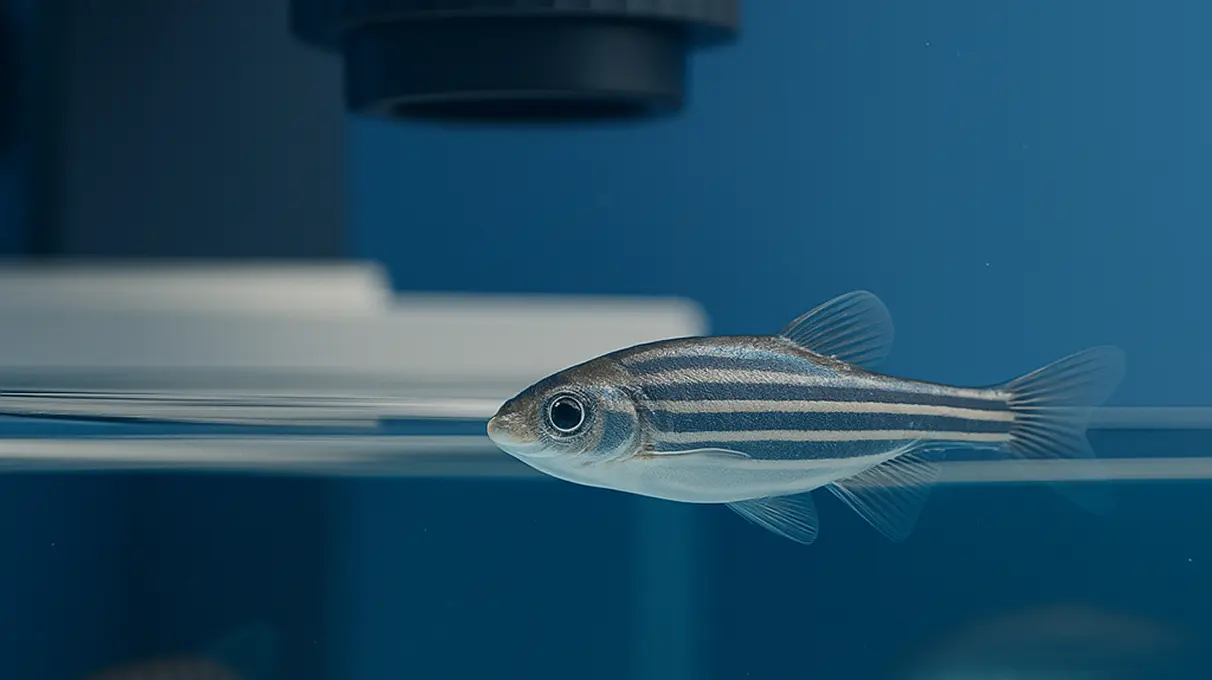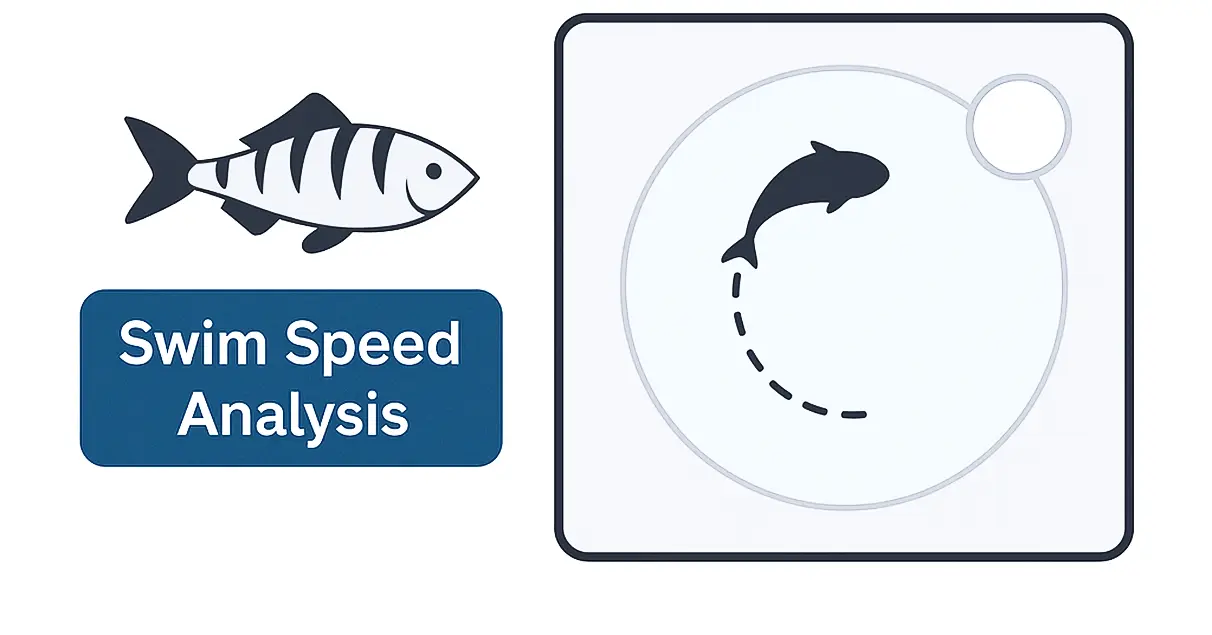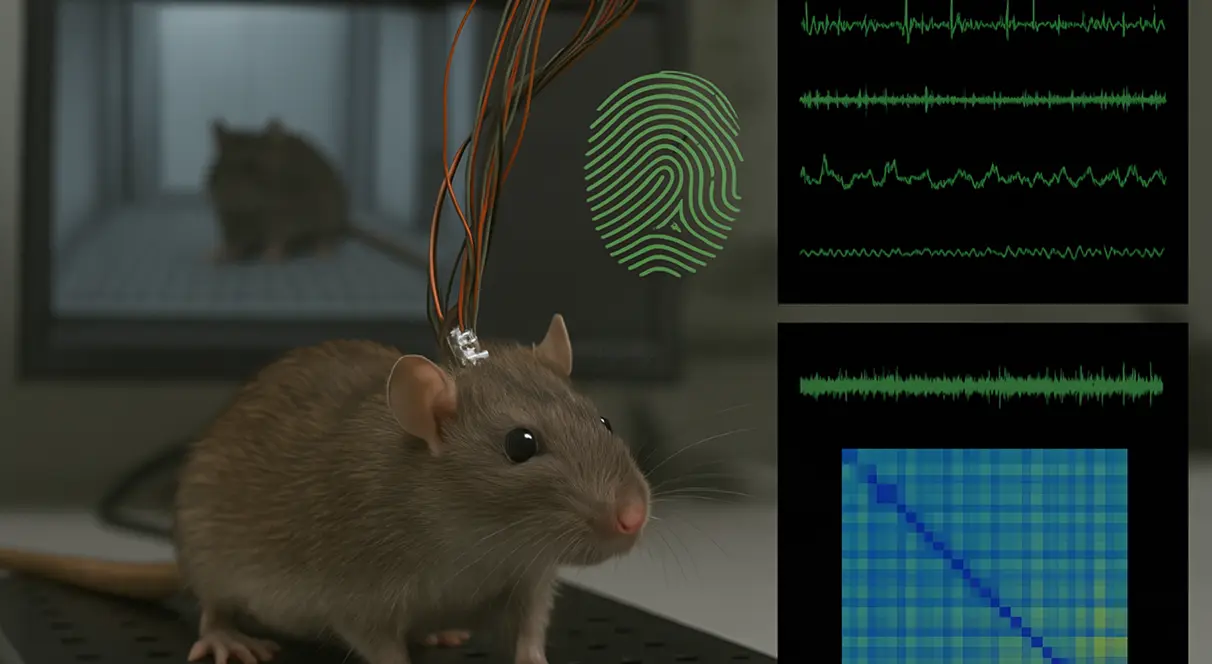

In the Barnes Maze, classic performance measures such as escape latency and number of errors provide a foundational understanding of learning and memory. However, when researchers aim to distinguish search strategy, motor integrity, and behavioral efficiency, one metric stands out: Total Distance Travelled (TDT).
TDT quantifies the entire path a rodent covers from the beginning of a trial until it either escapes or the trial ends. It is a spatial behavior marker that reflects more than just memory—it captures how an animal navigates the maze, providing insight into motivation, motor function, anxiety, and strategic choice. At Conduct Science, we emphasize this metric as a powerful complement to cognitive testing protocols.
TDT is measured as the cumulative length of the path (in centimeters or meters) taken by the animal during a Barnes Maze trial. This is recorded using advanced tracking software such as ANY-maze or EthoVision XT, integrated with Conduct Science’s Barnes Maze platform.
TDT is typically influenced by:
Rodents that use direct spatial strategies tend to travel shorter distances, often heading straight or nearly directly to the escape hole. In contrast, those employing random or serial strategies travel significantly farther.
When combined with heatmaps and zone visits, TDT allows researchers to map strategy adoption over time—typically decreasing as learning improves (Sunyer et al., 2007).
TDT is particularly useful in studies involving motor degeneration (e.g., Parkinson’s disease models) or injuries that affect movement. An animal with impaired locomotion may show reduced total distance, even if cognitive functions remain intact. Conversely, a hyperactive phenotype may show elevated TDT regardless of memory performance.
In early training, rodents typically show high TDT values due to exploratory behavior and trial-and-error learning. As learning consolidates, TDT should decline, reflecting less cognitive load and improved spatial certainty. Prolonged high TDT across sessions may signal a failure to form a spatial map, even if the animal eventually finds the escape.
Anxious animals may move rapidly or hesitantly, affecting distance travelled. For instance, high TDT combined with low investigation time might reflect hypervigilance or escape-driven over-exploration. Conversely, low TDT with freezing behavior may indicate avoidance or fear-induced suppression of exploration.
Conduct Science’s Barnes Maze systems are fully compatible with major video tracking platforms to ensure reliable and reproducible measurement of TDT. Key features include:
When using EthoVision XT or ANY-maze with our platform, researchers can:
Transgenic mouse models of Alzheimer’s disease often show longer distances travelled even when latency is similar to controls. This suggests less efficient navigation due to spatial disorientation (Barnes, 1979).
In TBI models, longer or erratic paths are a common behavioral signature. TDT helps detect this pattern, often before major latency differences emerge.
Drugs affecting arousal, movement, or memory all influence TDT differently. For example:
Older rodents often shift to serial strategies, leading to increased TDT. Measuring path length across sessions highlights these age-related changes in search style—even if animals eventually learn the escape location.
Total Distance Travelled is more than a movement variable—it is a behavioral signature of learning, efficiency, and strategy in the Barnes Maze. By capturing how animals physically traverse the maze space, TDT reveals cognitive and emotional states that may not be apparent in latency or error counts alone.
With Conduct Science’s Barnes Maze systems, researchers can reliably collect, analyze, and visualize TDT data to enhance the granularity of their behavioral experiments. Whether studying memory decline, neurodevelopmental disorders, or treatment efficacy, TDT provides critical insight into the dynamics of spatial problem-solving.
Barnes, C. A. (1979). Memory deficits associated with senescence: A neurophysiological and behavioral study in the rat. Journal of Comparative and Physiological Psychology, 93(1), 74–104. https://doi.org/10.1037/h0077579
Sunyer, B., Patil, S., Höger, H., & Lubec, G. (2007). Barnes maze, a useful task to assess spatial reference memory in the mice. Nature Protocols, 2(3), 848–858. https://doi.org/10.1038/nprot.2007.115
To learn more about our Barnes Maze solutions, visit https://conductscience.com/barnes-maze











Dr Louise Corscadden acts as Conduct Science’s Director of Science and Development and Academic Technology Transfer. Her background is in genetics, microbiology, neuroscience, and climate chemistry.
